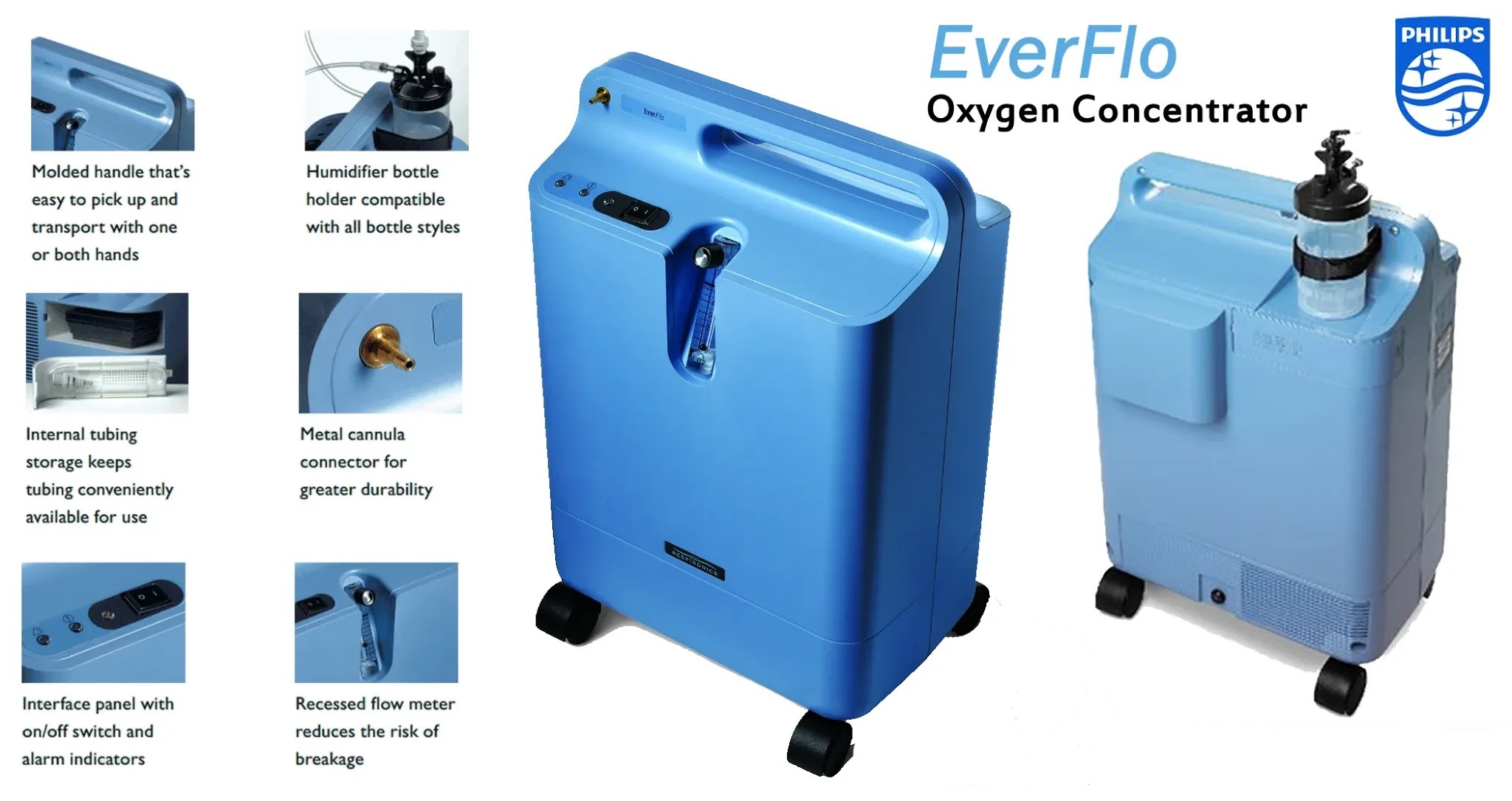
2024-08-07T05:08:17
Understanding Oxygen Concentrators: Benefits, Types, and Choosing the Right One Introduction In today’s world, oxygen concentrators have become vital for individuals with respiratory conditions. These devices are designed to provide a consistent flow of oxygen, which can significantly enhance quality of life and support overall health. This blog post will delve into the essential aspects of oxygen concentrators, including their functionality, benefits, and tips for selecting the best model for your needs. What is an Oxygen Concentrator? An oxygen concentrator is a medical device that extracts oxygen from the ambient air, concentrates it, and delivers it to the user through a nasal cannula or mask. Unlike oxygen tanks, which store oxygen in a compressed form, concentrators work continuously to produce a steady supply of oxygen, making them a convenient and efficient option for long-term use. How Do Oxygen Concentrators Work? Air Intake: The device draws in room air, which contains approximately 21% oxygen. Filtration: The air passes through a filter to remove dust and other impurities. Separation: Using a process called Pressure Swing Adsorption (PSA), the concentrator separates nitrogen from oxygen. Concentration: The purified oxygen is then concentrated and delivered to the user. Output: The concentrated oxygen is delivered through tubing to the patient. Benefits of Using an Oxygen Concentrator Continuous Oxygen Supply: Oxygen concentrators provide a reliable source of oxygen, reducing the need for regular refills or replacements. Portability: Modern portable concentrators are lightweight and easy to carry, allowing users to maintain an active lifestyle. Cost-Effective: Over time, concentrators can be more cost-effective than traditional oxygen tanks. User-Friendly: With intuitive controls and settings, concentrators are easy to operate and maintain. Improved Quality of Life: By providing a steady flow of oxygen, concentrators can help users manage respiratory conditions more effectively and improve their overall well-being. Types of Oxygen Concentrators Stationary Oxygen Concentrators: Designed for home use, these units are larger and provide a high flow of oxygen. They are ideal for individuals who do not require mobility. Portable Oxygen Concentrators: These are compact, battery-operated, and designed for users who need to be mobile. They offer the flexibility to go out and about while still receiving necessary oxygen levels. Pediatric Oxygen Concentrators: Specially designed for children, these units often come with features that cater to younger users’ needs. Factors to Consider When Choosing an Oxygen Concentrator Flow Rate: Ensure the concentrator can deliver the required flow rate of oxygen as prescribed by your healthcare provider. Portability: If you need to move around frequently, consider a portable model with a battery life that suits your lifestyle. Noise Level: Some concentrators operate quietly, which can be a significant factor if noise is a concern. Size and Weight: Choose a model that fits comfortably into your living space and meets your mobility needs. Maintenance and Support: Look for models that are easy to maintain and come with good customer support and warranty options. Conclusion Choosing the right oxygen concentrator can make a significant difference in managing respiratory conditions and improving daily life. By understanding how these devices work, their benefits, and the different types available, you can make an informed decision that best suits your needs. Always consult with your healthcare provider to determine the most appropriate concentrator for your specific situation. Call to Action If you have any questions about oxygen concentrators or need help choosing the right model, feel free to contact our team of experts. We’re here to assist you in finding the best solution for your respiratory health needs.

Have a question? Ask here!
Required fields are marked *